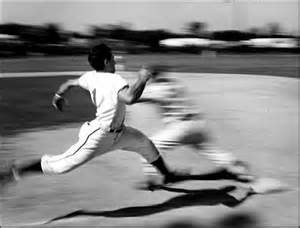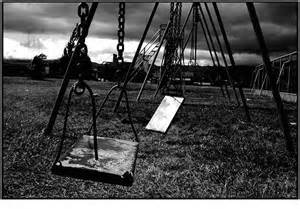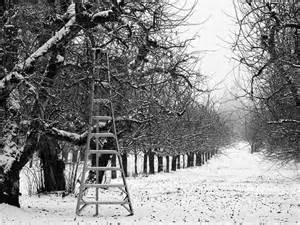|
Photography Project #1
Camera functions
Home
| Ceramics | Drawing | Photography
| Foundation Art
Project 1 |
Project 2 | Project 3 |
Project 4 |
Project 5 | Project 6 |
Project 7 |
Extra project
Stop-action, blur-action, short-depth-of-field, and deep-depth-of-field.
Divide your roll of film into four equal parts (example: a role of 24 exposures would
divide into four equal sections; 6 shots per section). Try to achieve the following four
types of pictures; using correct exposure and equivalents. Be sure to leave
approximately 12 shots on your roll for in-class work.
-
Shoot a picture as close as
possible to a given subject and use dramatically different F-stops
and shutter speeds (exposure) to demonstrate shallow and deep depth of field (take at least
three shots).
-
Again, focus as close
as possible to a given subject and then use your judgment to decide the
best depth-of- field for the shot. A good example might be a flower.
By narrowing the
depth-of-field, emphasis is created. Approach a variety of different
situations and
decide what depth-of-field is appropriate.
-
By using your knowledge of shutter speed
create a series of shots that illustrate stop-action (take at least three
shots) and blur-action (take at least three shots). Remember to use a tripod
for blur-action shots!
D. Demonstrate maximum depth-of-field. Be
sure to focus 1/3 of the way
into the picture. Be sure
to use the correct F-stop (F22)! Try to position
an object
close to the camera, as well
as
far away, in order
to illustrate
maximum depth of
field (Example: flower bed, telephone
pole,
hood of a
car,
etc.).
|
Good luck! If you get confused, just take 24 pictures of anything using correct
exposure. Be sure to pay attention to your light-meter!
Possible themes to explore:
campus life, fitness,
Assignment: Produce six prints
and a contact sheet.
Samples:
Proceed to Project #2
description
Home
| Ceramics | Drawing | Photography
| Foundation Art
|





.jpg)
